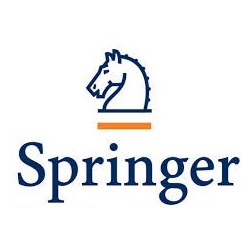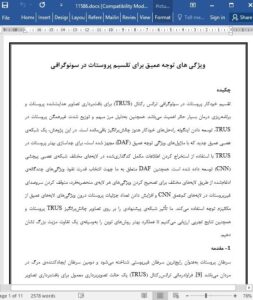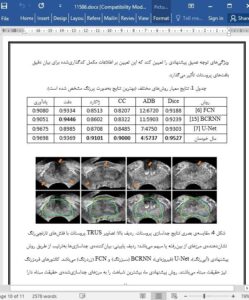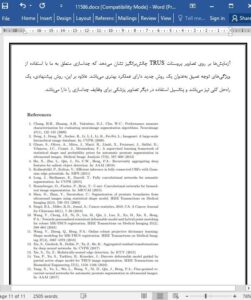Abstract
Automatic prostate segmentation in transrectal ultrasound (TRUS) is of essential importance for image-guided prostate biopsy and treatment planning. However, developing such automatic solutions remains very challenging due to the ambiguous boundary and inhomogeneous intensity distribution of the prostate in TRUS. This paper develops a novel deep neural network equipped with deep attentional feature (DAF) modules for better prostate segmentation in TRUS by fully exploiting the complementary information encoded in different layers of the convolutional neural network (CNN). Our DAF utilizes the attention mechanism to selectively leverage the multi-level features integrated from different layers to refine the features at each individual layer, suppressing the non-prostate noise at shallow layers of the CNN and increasing more prostate details into features at deep layers. We evaluate the efficacy of the proposed network on challenging prostate TRUS images, and the experimental results demonstrate that our network outperforms state-of-the-art methods by a large margin.
1 Introduction
Prostate cancer is the most common noncutaneous cancer and the second leading cause of cancer-related deaths in men [9]. Transrectal ultrasound (TRUS) is the routine imaging modality for image-guided biopsy and therapy of prostate cancer. Segmenting prostate from TRUS is of essential importance for the treatment planning [10], and can help surface-based registration between TRUS and preoperative MRI during image-guided interventions [11]. However, accurate prostate segmentation in TRUS remains very challenging due to the missing/ambiguous boundary and inhomogeneous intensity distribution of the prostate in TRUS, as well as the large shape variations of different prostates (see Fig. 1).











